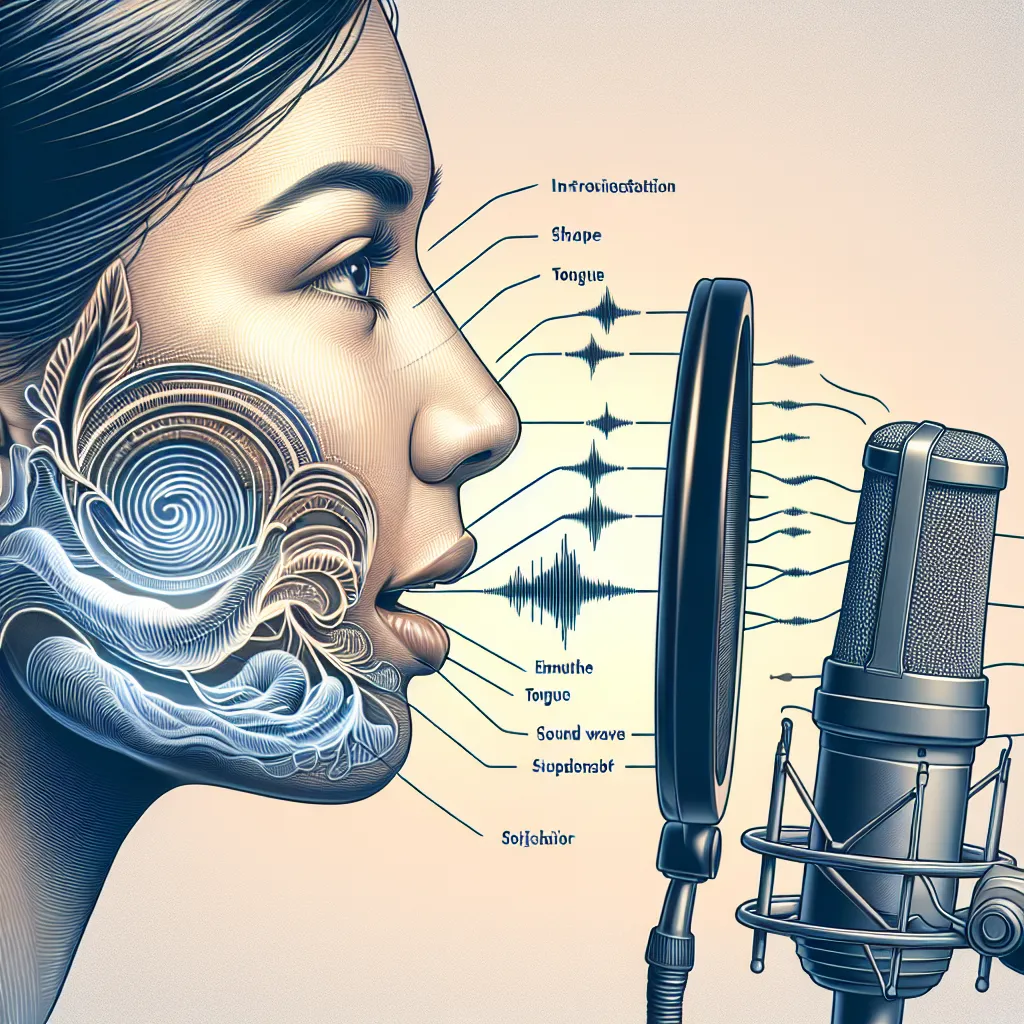Pronunciation plays a crucial role in the PTE Speaking section, significantly impacting your overall score. As an experienced PTE instructor and content creator at LearnEnglish.NET, I’ll guide you through the importance of pronunciation and provide valuable insights to help you excel in this critical component of the test.
Understanding the Significance of Pronunciation in PTE Speaking
Pronunciation is one of the key elements assessed in the PTE Speaking section, alongside other factors such as fluency, content, and oral fluency. It accounts for a substantial portion of your speaking score, making it essential to focus on improving your pronunciation skills.
 PTE Speaking Pronunciation Importance
PTE Speaking Pronunciation Importance
Why Pronunciation Matters in PTE Speaking
- Scoring Impact: Pronunciation directly affects your speaking score, influencing up to 25% of your overall speaking marks.
- Clarity of Communication: Clear pronunciation ensures that your message is easily understood by the computer-based scoring system.
- Confidence Booster: Good pronunciation can boost your confidence during the test, leading to better performance in other areas.
- Real-world Application: Improving your pronunciation for PTE will benefit your English communication skills in general.
Key Aspects of Pronunciation in PTE Speaking
To excel in the pronunciation component of PTE Speaking, focus on these critical areas:
1. Individual Sounds
Mastering individual sounds, both vowels and consonants, is fundamental to good pronunciation. Pay special attention to:
- Commonly confused sounds (e.g., /θ/ and /ð/, /v/ and /w/)
- Vowel length and quality
- Consonant clusters
2. Word Stress
Placing stress on the correct syllable is crucial for clear pronunciation. Incorrect word stress can lead to misunderstandings and lower scores. Practice with multisyllabic words and learn stress patterns for different word types (e.g., nouns, verbs, adjectives).
3. Sentence Stress and Intonation
Proper sentence stress and intonation contribute significantly to natural-sounding speech. Focus on:
- Emphasizing content words (nouns, verbs, adjectives, adverbs)
- Using appropriate intonation patterns for different sentence types (statements, questions, exclamations)
4. Connected Speech
In natural English speech, words often link together. Practice:
- Linking sounds between words
- Contractions (e.g., “don’t”, “I’m”)
- Weak forms of function words
Strategies to Improve Pronunciation for PTE Speaking
Enhancing your pronunciation skills requires consistent practice and targeted strategies. Here are some effective methods to help you improve:
-
Listen and Repeat: Use authentic English materials (podcasts, news broadcasts, audiobooks) to listen and repeat, focusing on mimicking native speakers’ pronunciation.
-
Record Yourself: Record your speaking practice sessions and compare them with native speaker recordings to identify areas for improvement.
-
Use Pronunciation Apps: Leverage technology with apps like ELSA Speak or Pronunciation Coach, which provide instant feedback on your pronunciation.
-
Practice Minimal Pairs: Focus on commonly confused sounds by practicing minimal pairs (e.g., “ship” vs. “sheep”, “van” vs. “ban”).
-
Shadowing Technique: Listen to a native speaker and try to repeat what they say simultaneously, matching their speed and intonation.
 PTE Speaking Practice Techniques
PTE Speaking Practice Techniques
Common Pronunciation Mistakes in PTE Speaking
Being aware of common pronunciation errors can help you avoid them during the test. Some frequent mistakes include:
- Mispronouncing “th” sounds (/θ/ and /ð/)
- Confusing long and short vowel sounds (e.g., “ship” vs. “sheep”)
- Incorrect word stress (e.g., saying “de-VE-lop” instead of “DE-ve-lop”)
- Failing to link words in connected speech
- Using incorrect intonation patterns for questions or statements
The Impact of Accent on PTE Speaking Scores
Many test-takers wonder about the impact of their accent on PTE Speaking scores. It’s important to note that:
- PTE does not penalize specific accents
- The focus is on clear, understandable pronunciation
- Consistency in pronunciation is more important than sounding like a native speaker
However, very strong regional accents that significantly affect intelligibility may impact your score. The key is to aim for clear, comprehensible speech rather than trying to adopt a specific accent.
Pronunciation Practice Tips for PTE Success
To maximize your pronunciation practice for the PTE Speaking section:
- Focus on one aspect at a time (e.g., word stress, individual sounds)
- Use PTE-specific materials to familiarize yourself with the test format
- Practice regularly, even if it’s just for 15-20 minutes a day
- Seek feedback from native speakers or experienced teachers
- Utilize online resources and PTE preparation courses for structured practice
Conclusion
Pronunciation is a vital component of the PTE Speaking section, significantly influencing your overall score. By understanding its importance and focusing on key aspects such as individual sounds, word stress, and intonation, you can improve your pronunciation skills effectively. Regular practice using the strategies and tips provided will help you build confidence and achieve success in the PTE Speaking test.
Remember, clear and comprehensible pronunciation is the goal, rather than perfection or adopting a specific accent. With dedicated practice and the right approach, you can enhance your pronunciation skills and boost your PTE Speaking performance.
[internal_links]
- 10 Essential PTE Speaking Tips for a High Score
- Understanding the PTE Scoring System: A Comprehensive Guide
- Top PTE Practice Resources for Speaking and Pronunciation
[/internal_links]




